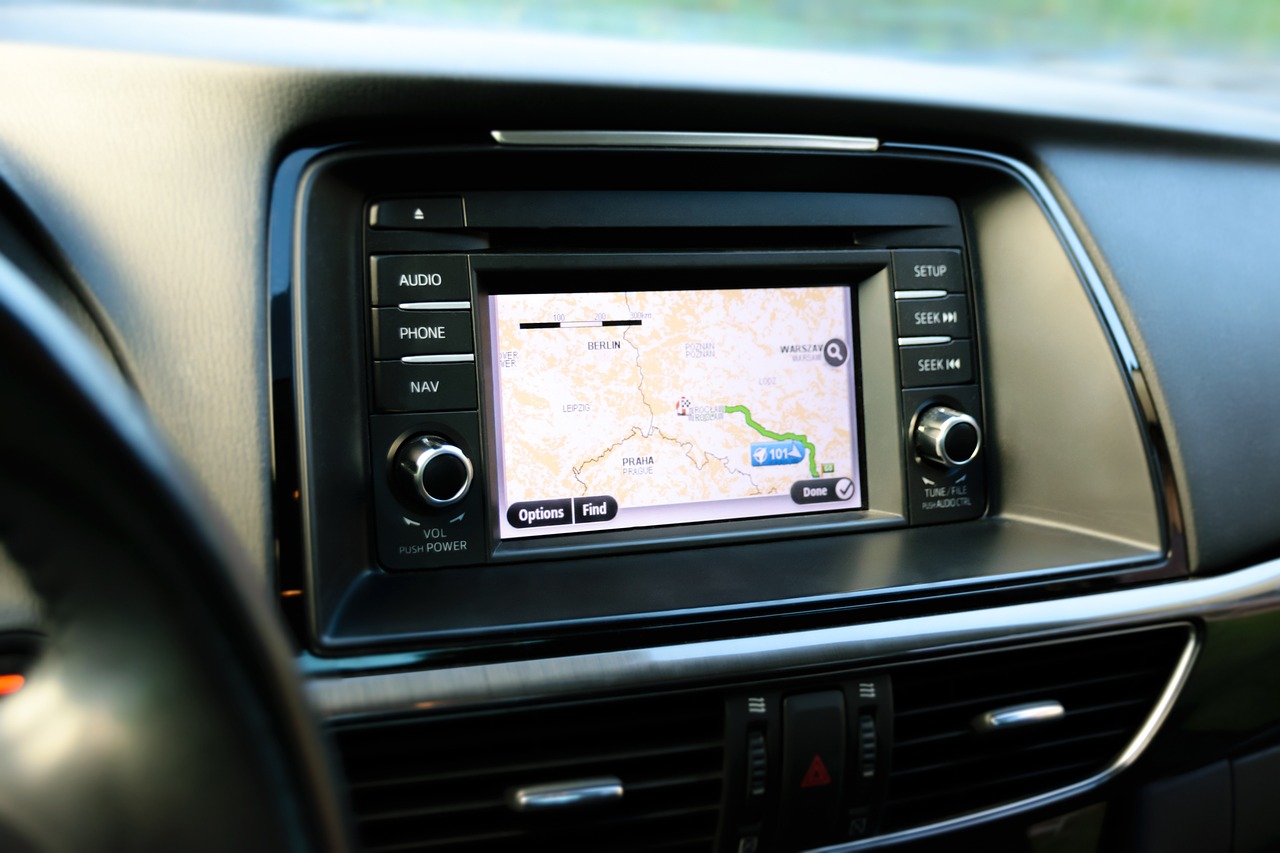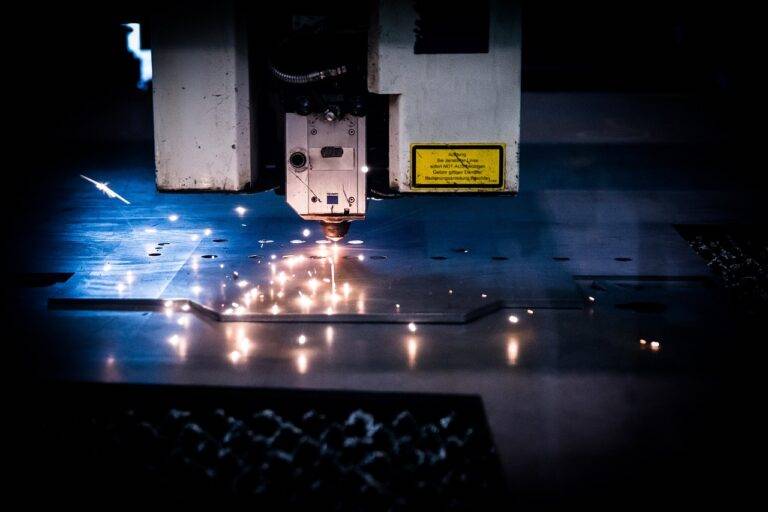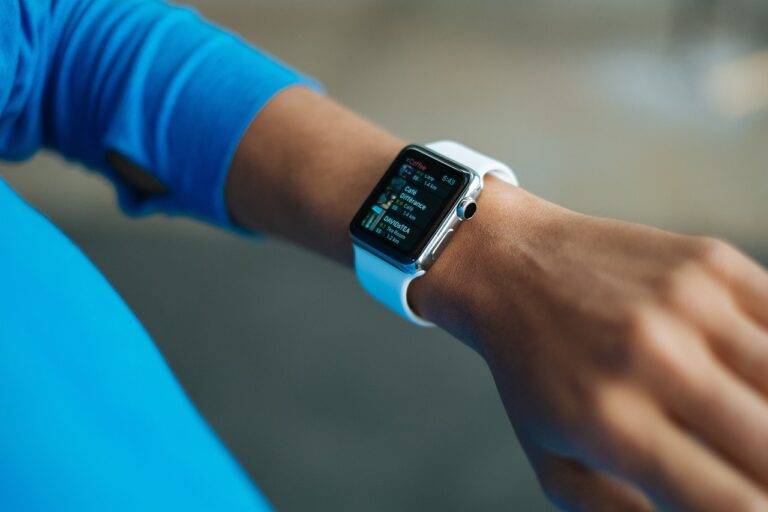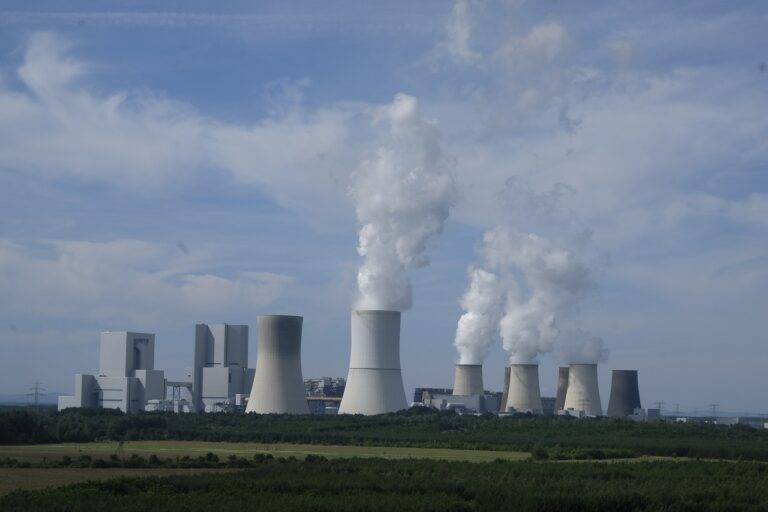The Rise of Tech-driven Disaster Response: Robotics, Drones, and AI Assistance
Disaster response technology has seen significant advancements in recent years, revolutionizing the way emergencies are managed and mitigated. From early warning systems to drone technology, these tools play a crucial role in enhancing the efficiency and effectiveness of disaster relief operations. The integration of satellite imaging and geographic information systems has also enabled responders to quickly assess the impact of a disaster and allocate resources where they are most needed.
Furthermore, the utilization of social media and crowdsourcing platforms has proven to be invaluable in disseminating crucial information and coordinating response efforts in real-time. This digital revolution has empowered both responders and affected communities to collaborate more seamlessly and efficiently during times of crisis. As technology continues to evolve and innovate, it is evident that the future of disaster response will be increasingly reliant on these cutting-edge tools to save lives and provide timely assistance.
The Role of Robotics in Disaster Relief Efforts
Robotics technology has been playing an increasingly integral role in disaster relief efforts around the world. With advancements in robotics, these machines are now capable of performing tasks that are too dangerous or challenging for humans in disaster-stricken areas. From search and rescue operations to debris removal and delivery of essential supplies, robots are proving to be invaluable assets in providing aid and assistance during critical times. Their ability to navigate through hazardous environments and access hard-to-reach areas has significantly enhanced the effectiveness and efficiency of disaster response missions.
In addition to their physical capabilities, robots are also equipped with sensors and cameras that provide real-time data and insights to first responders and relief teams. This data helps in assessing the extent of damage, identifying areas of high risk, and making informed decisions for resource allocation and rescue operations. By leveraging robotics technology, disaster response teams can optimize their efforts and improve the overall outcomes of their missions, ultimately saving lives and mitigating the impact of disasters on affected communities.
What are some examples of robotics being used in disaster relief efforts?
Some examples include drones for search and rescue missions, robotic exoskeletons for lifting heavy debris, and unmanned ground vehicles for delivering supplies to hard-to-reach areas.
How have robotics evolved in disaster response technology over the years?
Robotics have evolved to become more advanced and specialized for disaster relief efforts, with increased capabilities for navigating rough terrain, detecting survivors in rubble, and even performing medical procedures remotely.
What are the advantages of using robotics in disaster relief efforts?
Robotics can help to reduce risks for human responders, access areas that are unsafe or difficult for humans to reach, and provide real-time data and communication for coordinating rescue efforts.
Are there any limitations to using robotics in disaster relief efforts?
Some limitations include the high cost of robotics technology, potential technical failures in harsh environments, and the need for trained operators to effectively utilize robotic systems.
How can organizations and governments support the use of robotics in disaster relief efforts?
Organizations and governments can provide funding for research and development of robotics technology, establish partnerships with technology companies, and invest in training programs for operators and responders.





